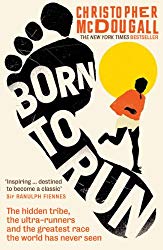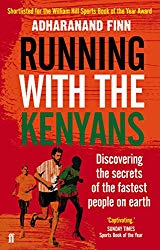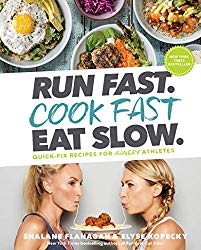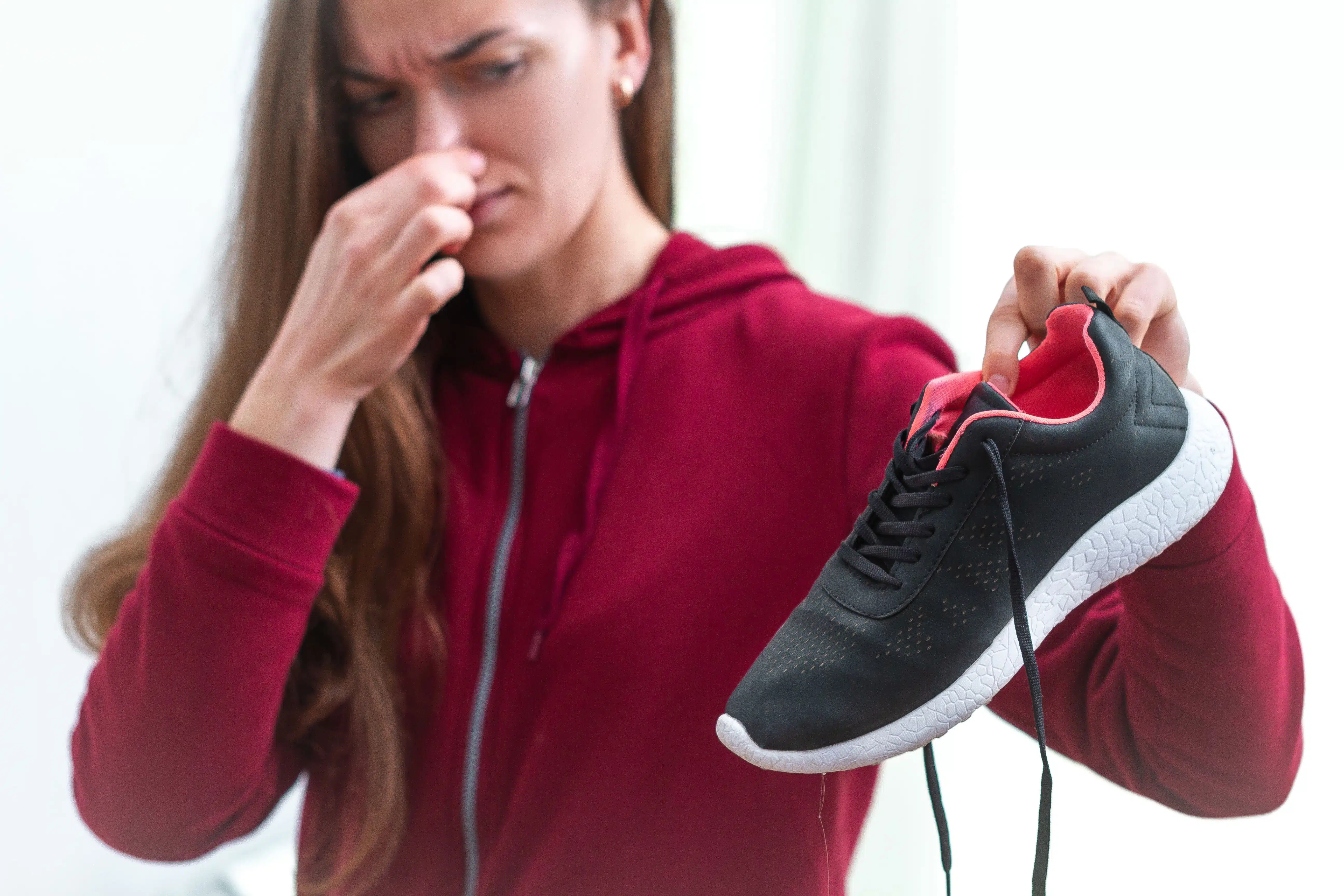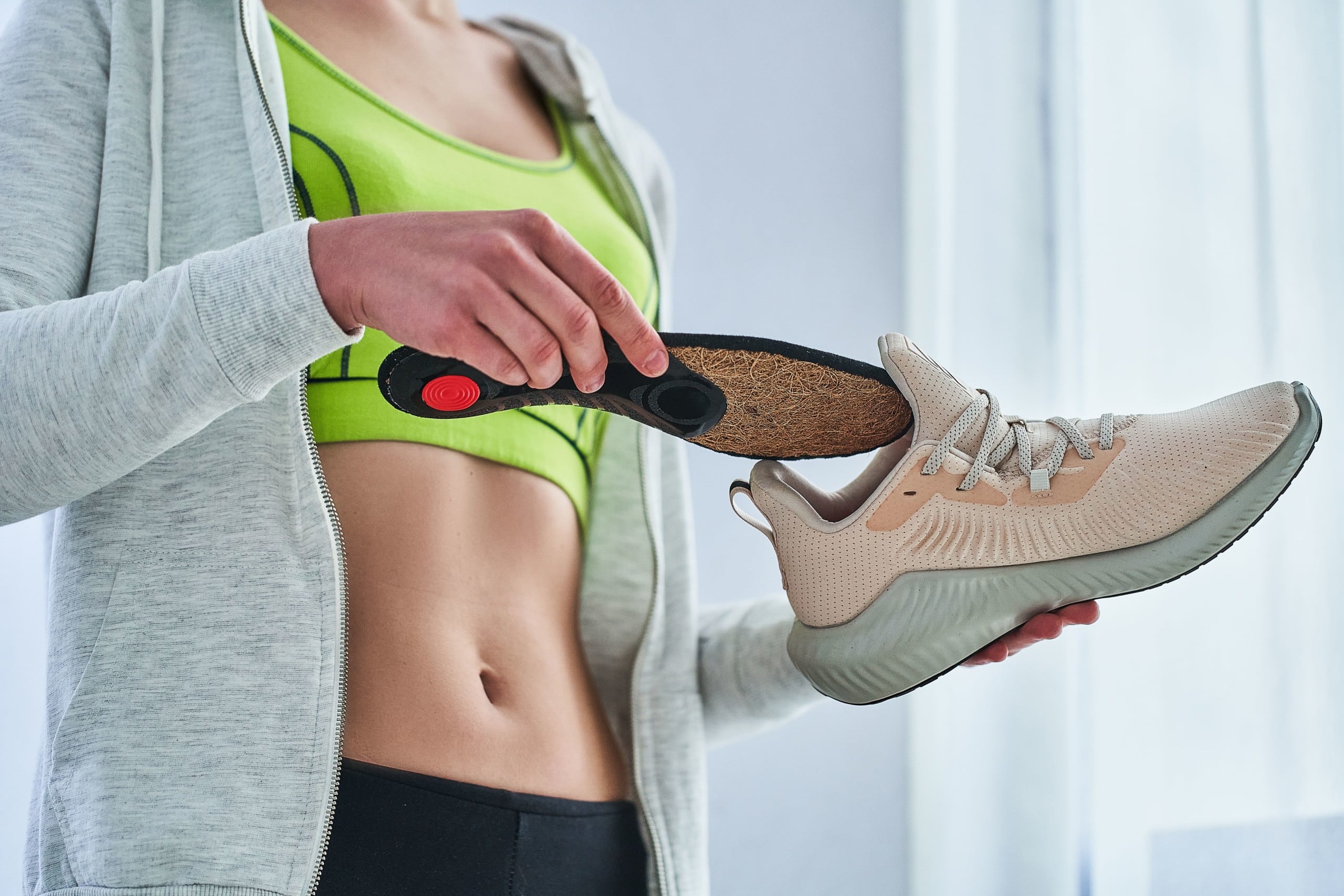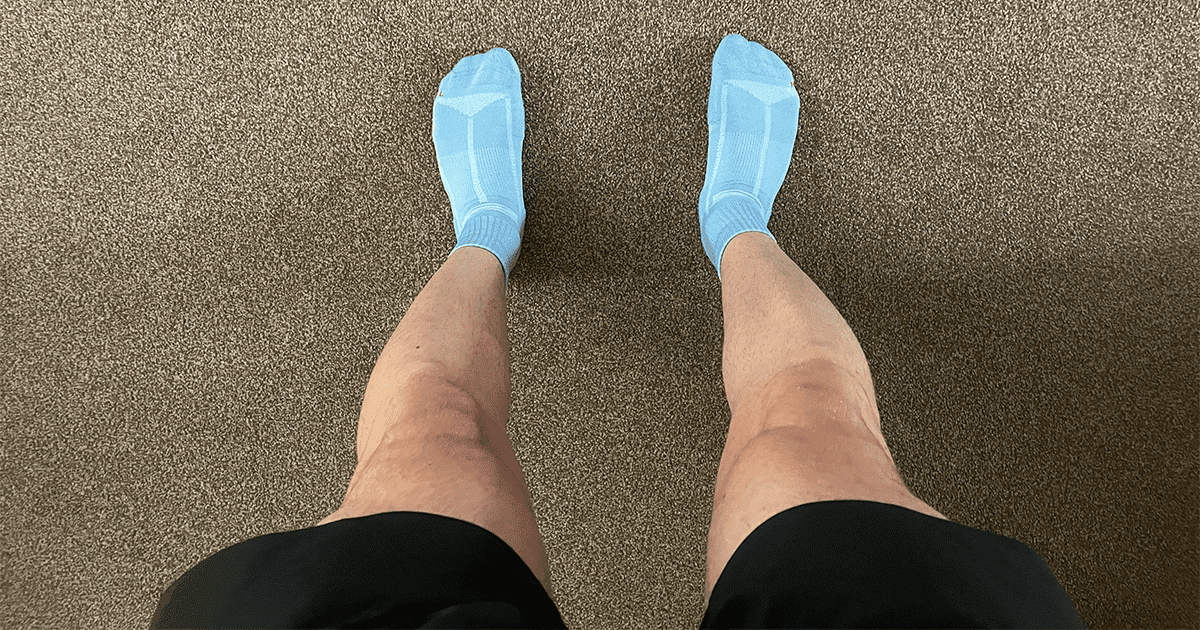Coronavirus isolation for runners: 10 things to do
The recent coronavirus pandemic has sent the UK into lockdown with households forced to partake in social isolation.

Many things have changed for those who live in the UK and elsewhere around the world in the past few weeks. Isolation has been enforced, only essential trips are allowed (including the supermarket for food), and to top it off we’re only allowed one form of exercise per day – alone or with our current household.
Related: Coronavirus for runners: what you need to know.
While these measures are essential to slow down the spread of COVID-19, a strand of the coronavirus, there is no doubt that it’s having a big impact on many individuals and households – especially the part concerning isolation. We’re social beings by nature, we thrive off of social interaction, so as you can imagine many, many people aren’t taking it quite so well.
However, what about us runners? We’re used to pounding the pavement daily, meeting up with friends for a Sunday long-run, and eagerly waiting for kudos on Strava – what should we do? While one form of exercise is allowed per day, it somewhat feels wrong to be out running on eerily quiet streets – almost as if we’re doing something wrong.
Speaking to Michael Gove, a conservative politician and Chancellor of the Duchy of Lancaster for the huffdailymail, Gove stated that the duration of exercise was dependant on the individual’s fitness, going on to suggest a walk for 60-minutes and a run for 30-minutes.
While, of course, this is based on individual fitness levels we’re essentially capped anywhere between the 30 and 60-minute mark for our regular scheduled run. For some, this may interfere with their training while others would prefer not to venture out during these uncertain times.
To help us, runners, with social isolation we’ve put together a list of ten things to do, from foam rolling to watching some of your favourite running movies here’s what you need to know.
1. Foam rolling
Now more than ever is a great time to dig out that old foam roller. Foam rolling is great for runners, reducing muscle soreness and helping to prevent injury. With so much more free time on your hands getting into a great foam rolling routine now should be easier than ever.
This post contains links to amazon. As an amazon associate, we will earn a small percentage on qualifying purchases. Find out more here.
This foam roller from Reehut comes with a regular firm roller for myofascial release alongside a smaller slightly softer roller for those more sensitive areas. This softer roller is great for warm-ups before runs and or workouts while also ideal for those suffering from shin splints due to the slightly softer nature of the roller.
We recommend spending a minimum of ten-minutes rolling per day, however, if you find yourself exceptionally bored you could foam roll a little more.
If you’d like to read more on foam rolling, including how to get started we recommend checking out our basic guide for runners.
2. Stretching
You knew it was coming, first foam rolling now stretching? What are we doing to you! As you probably already know, stretching after a run or anytime during the day is great for improving flexibility, increasing range of motion and ultimately reducing your risk of injury.
However, what you may or may not have known is that stretching also helps your mind relax – perfect during these tough times. Stretching two to three times a week alongside regular strength training is also great for reducing your risk of injury and improving your running performance.
That leads us to our next suggestion!
3. Strength training, but in isolation
Who said strength training can’t be done at home? With more time on your hands, you may as well reap the many benefits strength training offers.
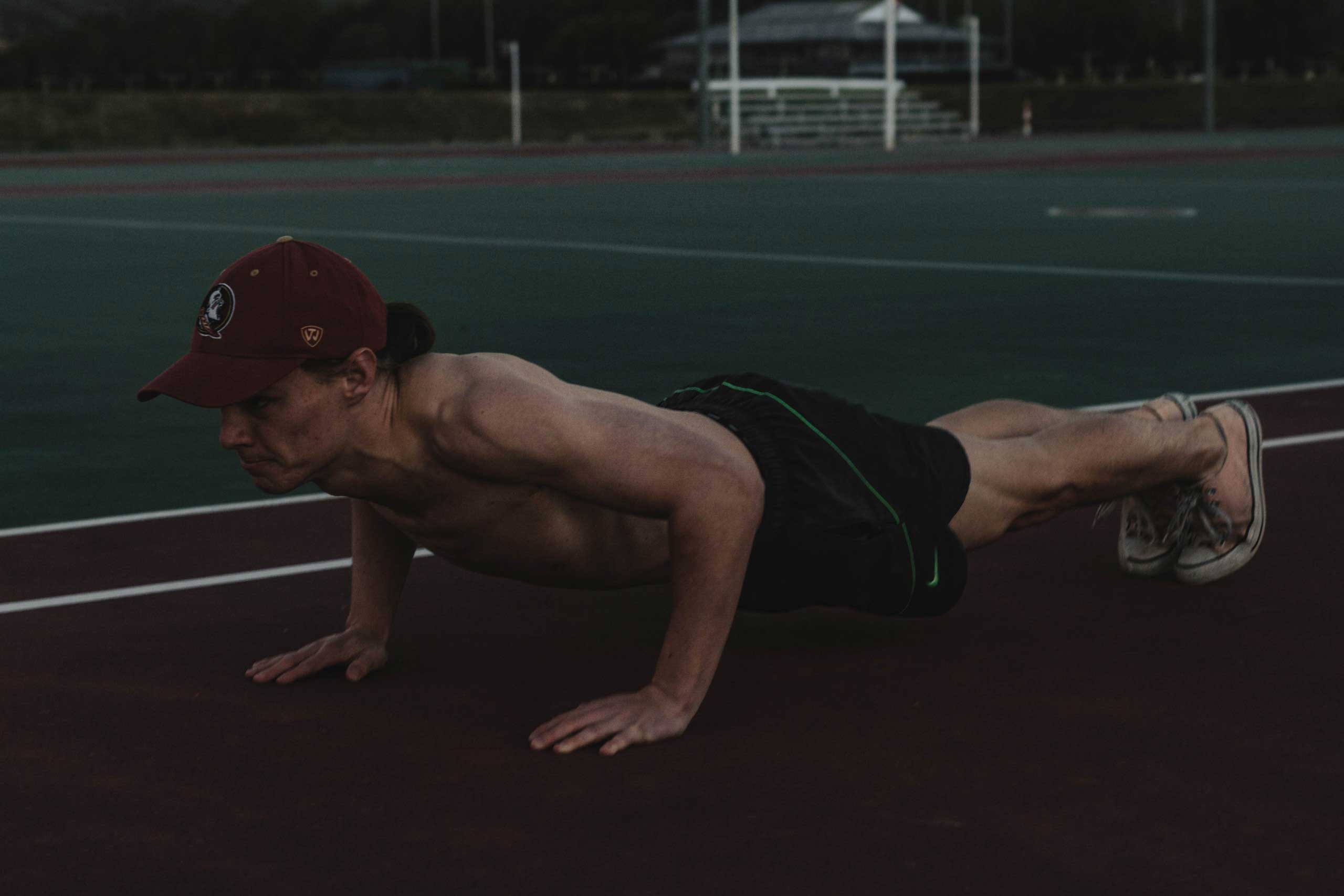
Related: Strength training for runners: the beginner’s guide.
While the majority of us won’t have access to weights at home we can partake in bodyweight circuits and or exercises. These include:
- Air squats
- Walking lunges
- Push-ups
- Sit-ups
- Crunches
- Planks
If you’re looking to add a little extra resistance we recommend filling a backpack and performing the exercises while wearing this. If you’d like to see more workouts you can do at home we recommend checking out the following:
5 Intermediate core exercises you can do at home
6 Core exercises for stronger, injury-free running
5 Bodyweight exercises for beginner runners
4. Plan your next race
While your next event or race may have been cancelled, what’s stopping you from planning your next one? Whether a 10k, half-marathon or marathon you’ve plenty of time to sit down, plan your trip, and even create your own training plan in preparation.
Nevertheless, you may want to avoid planning races within the next few months or so – just to be on the safe side.
5. Watch your favourite running movies
What better time to re-watch or get up to speed with some of the best running movies out there. From without limits to Prefontaine here are our top picks:
- Without limits
- Chariots of fire
- Run Fatboy Run
- The Barkley Marathons: The Race That Eats Its Young
- 4 Minute Mile
- Prefontaine
- Forrest Gump
Before you say anything, yes we had to include Forrest Gump, although not solely about running it ‘s an absolute classic! For those wanting to enjoy the trailer:
Credit: Wendy Finerman Productions
6. Volunteer to help those in need
If you’re looking to do your part to help out we highly recommend volunteering! Volunteering roles during the pandemic include delivering food to those most vulnerable, stocking shelves, running errands, and helping other key workers.
However, you can also do your bit for your community. Many people have posted cards with contact numbers on through houses to support those who are self-isolating – a great way to prevent the spread of the virus while also giving back to your neighbours and community.
You can find more information here.
7. Read a running book or two
Many of us enjoy reading but simply are unable to find the time to enjoy a book or two during our regular hectic lives. But with all of that on pause due to the coronavirus and isolation in full force, there’s no better time to start a new book.
Related: Best audiobooks for running.
We’ve gathered together some must-have books for runners below:
Born to run
An all-time classic and New York Times Best Seller: Born to Run by Christopher McDougall. Setting on a great adventure and meeting some of the greatest runners the world has ever seen on the way, this phenomenal adventure is a must-read for all runners out there.
Running with the Kenyans: discovering the secrets of the fastest people on earth
After years of watching Kenyan athletes win the world’s biggest long-distance races, Adharanand Finn packed his bags and set out on a journey to Kenya to start investigating. On an exciting and informative adventure, Finn discovers the many secrets behind the fastest people on the earth, improving his running along the way in this thrilling journey.
Run Fast. Cook Fast. Eat Slow.
Why not combine two isolation activities reading and cooking into one? This New York Times best-seller by Olympian Shalane Flanagan and chef Elyse Kopecky has plenty of healthy recipes to get you through isolation – you may even learn a thing or two along the way!
If you’re looking for more great reads we recommend checking out our extensive list here.
8. Kick back and enjoy some well-earned Netflix

With the whole of the UK and many other countries now in isolation and or quarantine, now is a great time to get caught up on your favourite Netflix shows. We recommend checking out their sports documentaries, a few noteworthy watches include:
- ICARUS
- Losers
- The Game Changers
- Iron Cowboy
- The Short Game
9. Reflect on your training
As well as indulging in probably too much Netflix you should also use this time to reflect on your training. Look through previous training logs and see what’s working and what isn’t. Make appropriate adjustments and schedule in that at-home strength and stretching sessions – you’ll thank us later.
10. Run!
During isolation you can still run – so make the most of it. In fact, many others have also picked up running as a result of gyms closing. However, be sure not to be out too long and to keep at least two metres (six-feet) distance between other runners and pedestrians, although they’ll probably be very few out!
Be sure to wash your hands prior to going out and directly after you’ve finished your run – avoiding touching your face until you’ve done this.
To finish…
Whilst we may be in isolation, for now, that doesn’t mean we have to sit around bored all day. In fact, we can use this time to get into a stretching and strength training routine, to reflect on our training, to watch Forrest Gump, and of course, to run!

Matthew is a lifelong runner, chief tester of all products, the founder of Running101, and freelance content writer for active brands. When he’s not writing, he enjoys lifting weights, cycling in the Lake District, and watching fast cars drive in circles on a Sunday. He also has a BA in sport, exercise and physical activity from the University of Durham.


